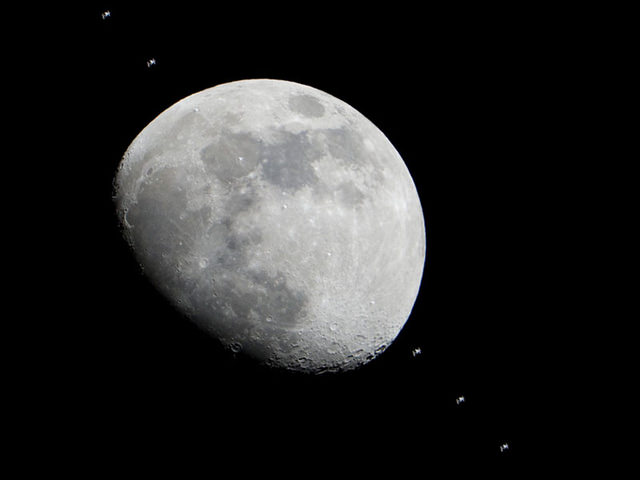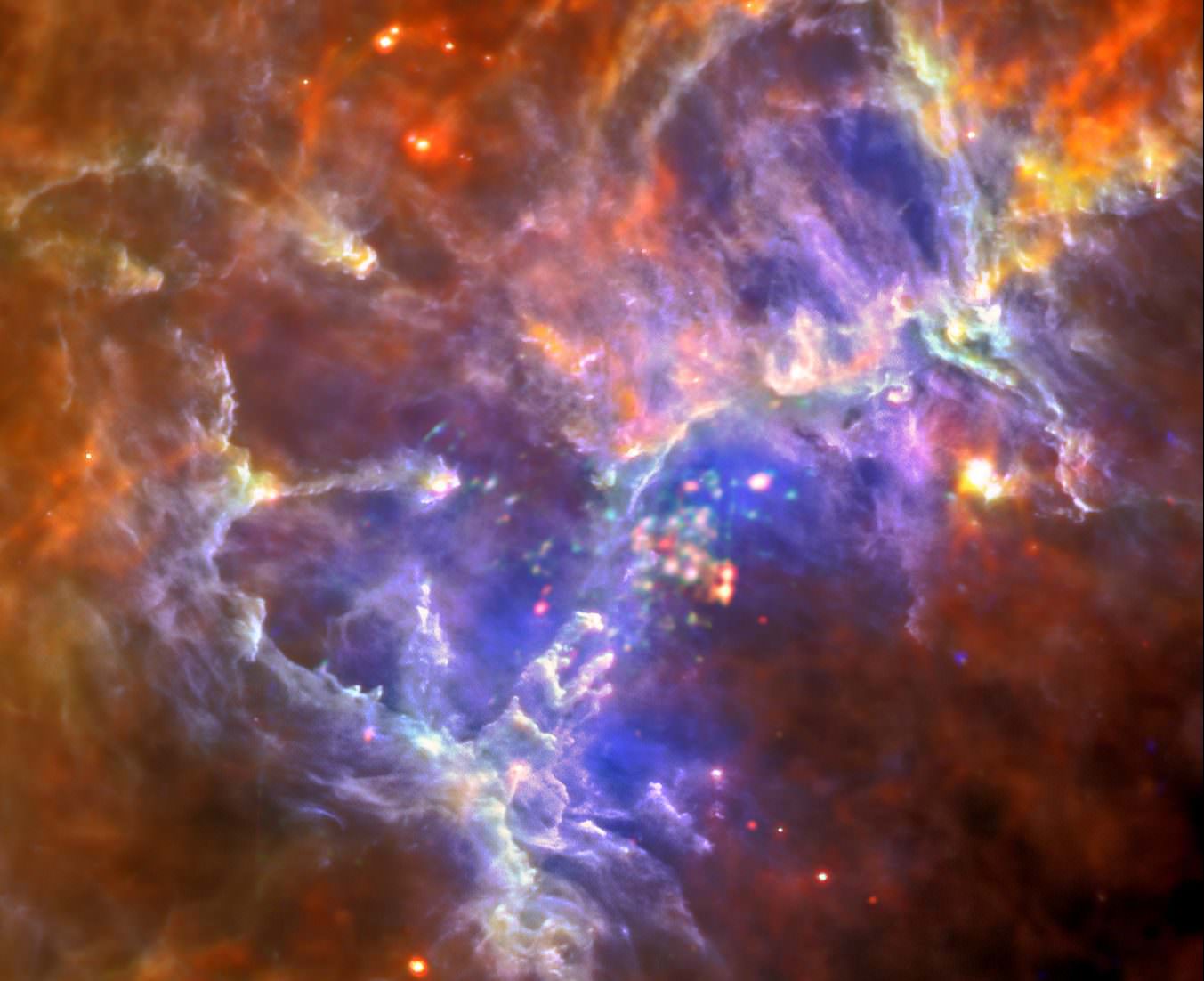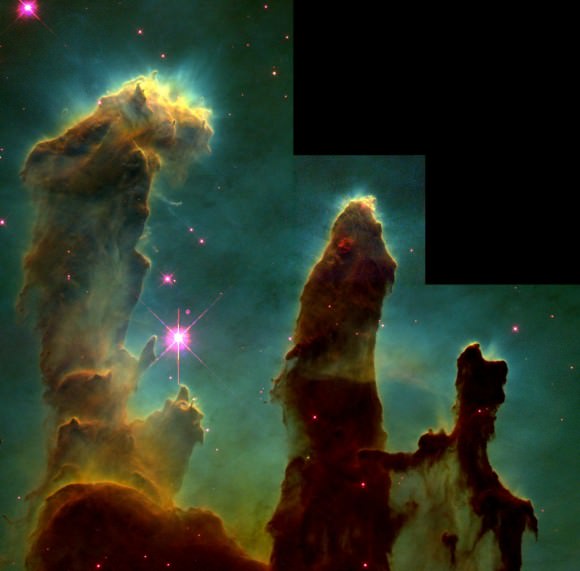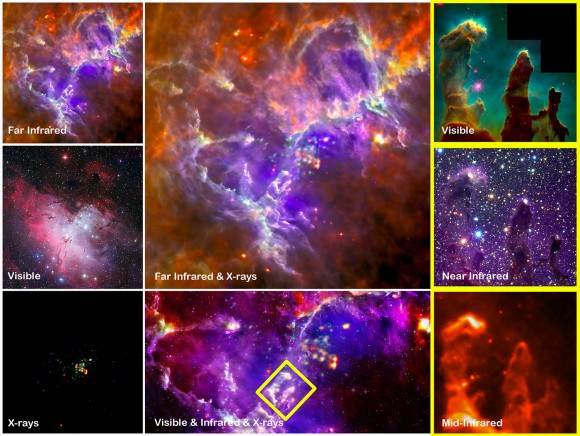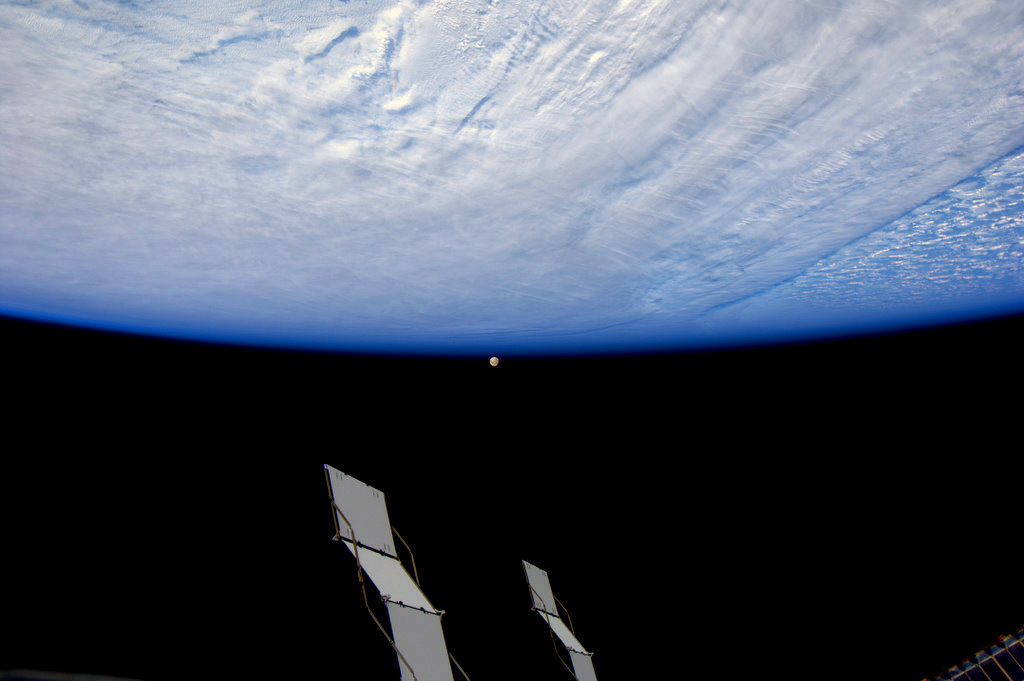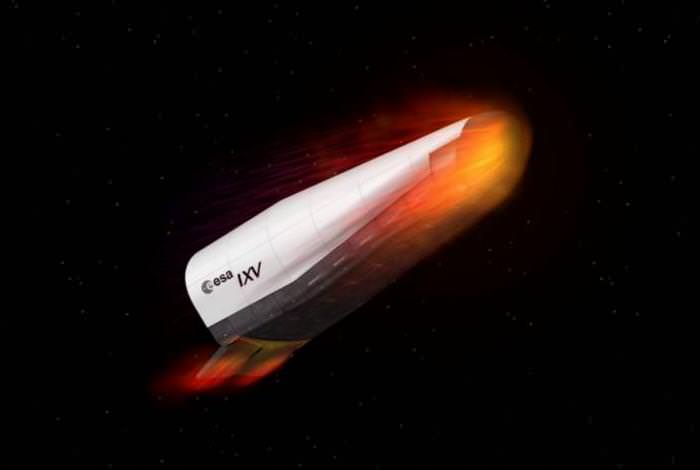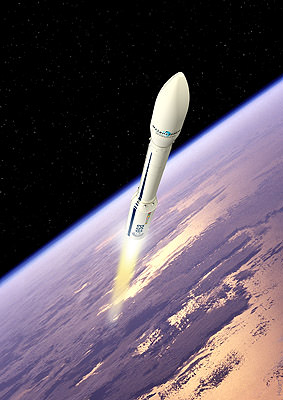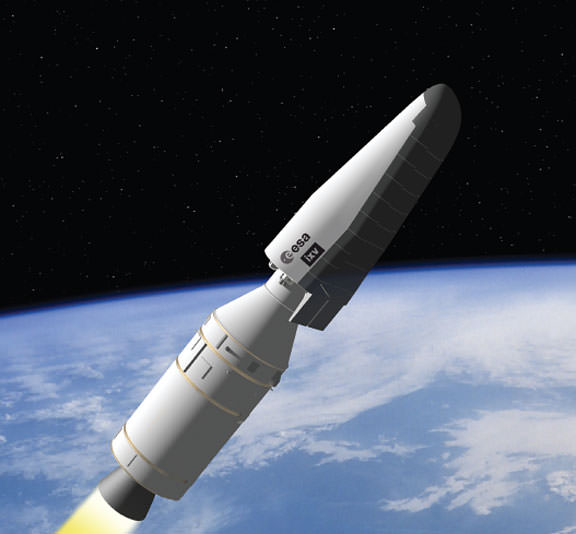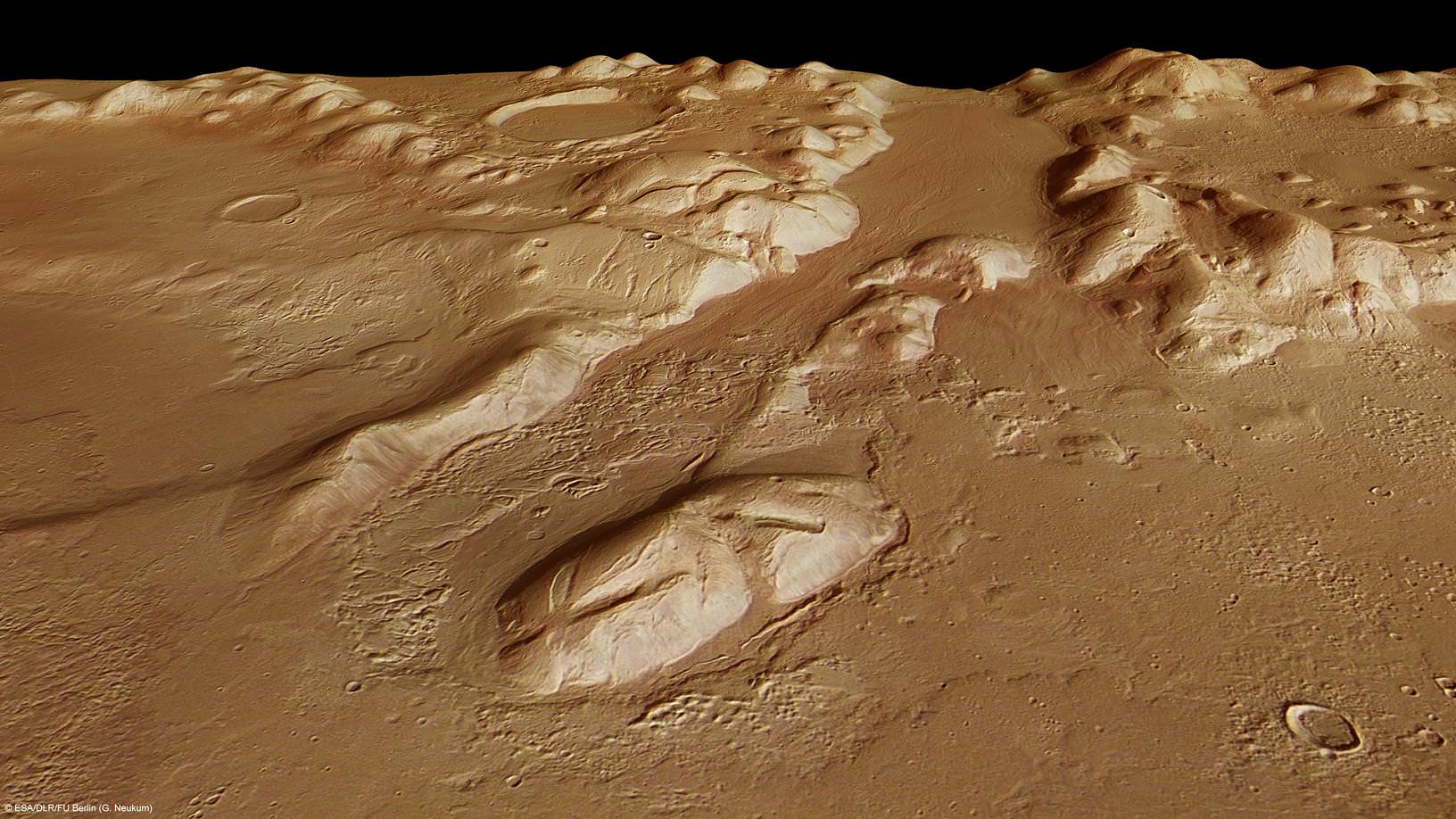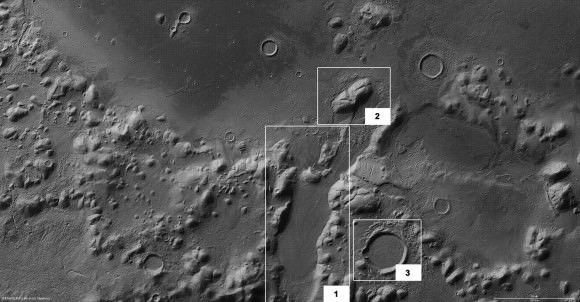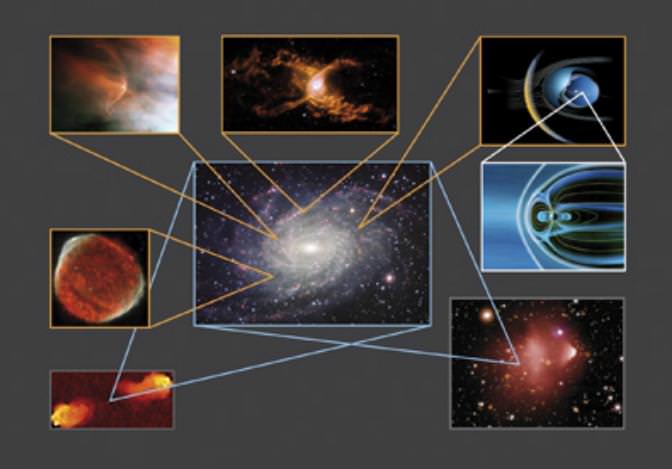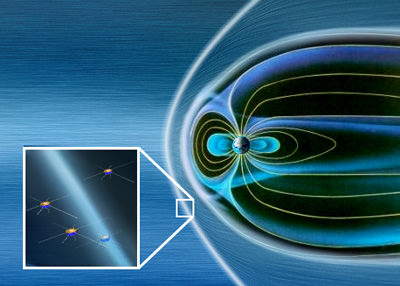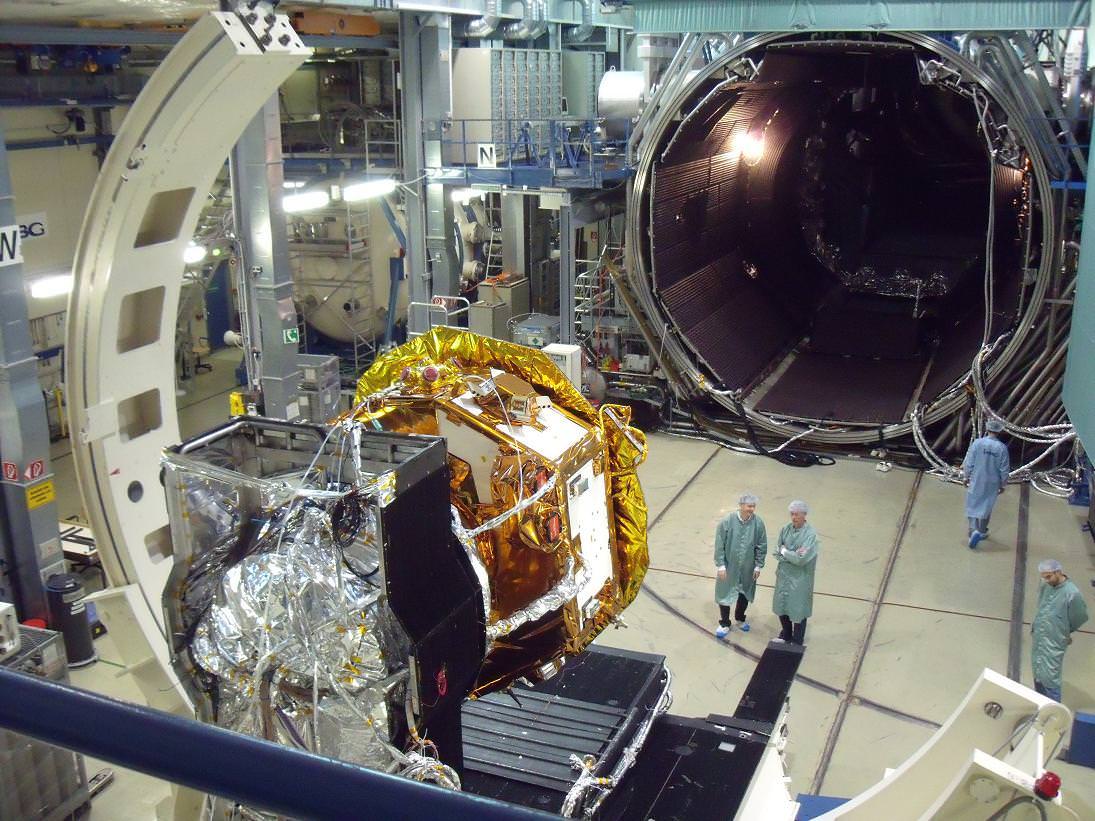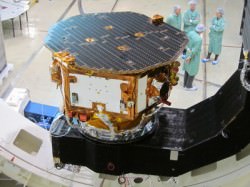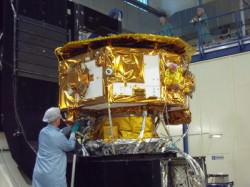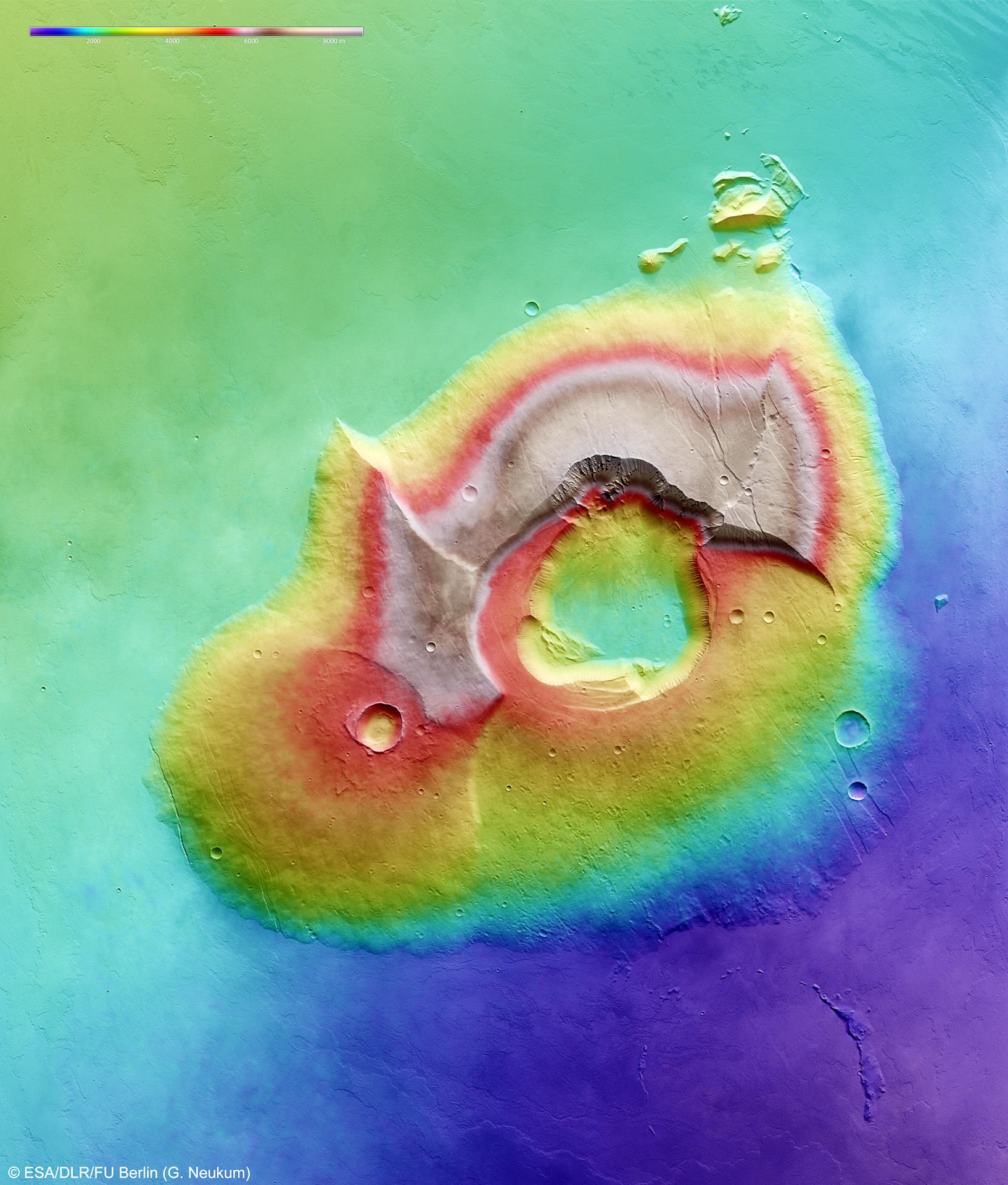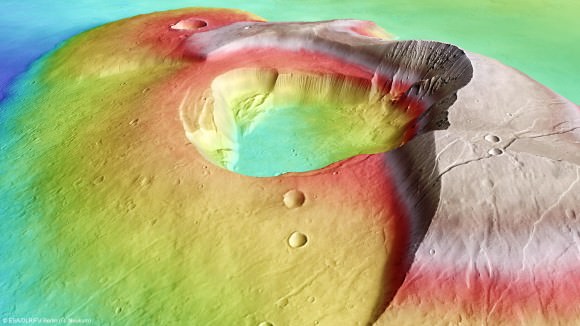[/caption]
On January 19, 2012, Roscosmos, the Russian Space Agency began talking to the United States and Europe about the stuff dreams are made of… a manned research base on the Moon. The agency’s chief, Vladimir Popovkin, led off the discussion with officials from NASA and the European Space Agency for a permanent facility. “We don’t want man to just step on the Moon,” Popovkin told Vesti FM radio station, according to the Ria Novosti news agency. “Today, we know enough about it, we know that there is water in its polar areas … we are now discussing how to begin [the Moon’s] exploration with NASA and the European Space Agency.”
But that’s not all. One giant leap for mankind often begins with one small step – or two. In this instance, Russia is planning to launch two unmanned missions to the Moon within the next 8 years. According to Popovkin, the plan is to either set up a stationary base on the lunar surface, or to put a working laboratory into orbit around it.
Don’t shoot these comments down just because they’ve come to light after a recent run of bad luck on behalf of Russia’s current space missions – most notably the doomed Mars probe Phobos-Grunt which crashed back to Earth following a malfunction. According to Fix News, “It was the latest mishap for Roscosmos and came after Russian president Dmitry Medvedev threatened to punish those responsible for previous space failures, which included the loss of satellites and botched launches.”
In the meantime, let’s focus on the positive contributions the Russians have made towards lunar exploration – in particular, the Luna missions which set many milestones. Of these, they were the first to successfully land a craft of the Moon, the first to photograph the far side, the first to achieve a soft landing and send back panoramic, close-up images, the first to become an artificial lunar satellite, the first to deploy rover missions and the first to return lunar soil samples which they shared with the international scientific community.
Russia? Keep talking… Spasiba for your contributions!
Original Story Source: Fox DC News.

